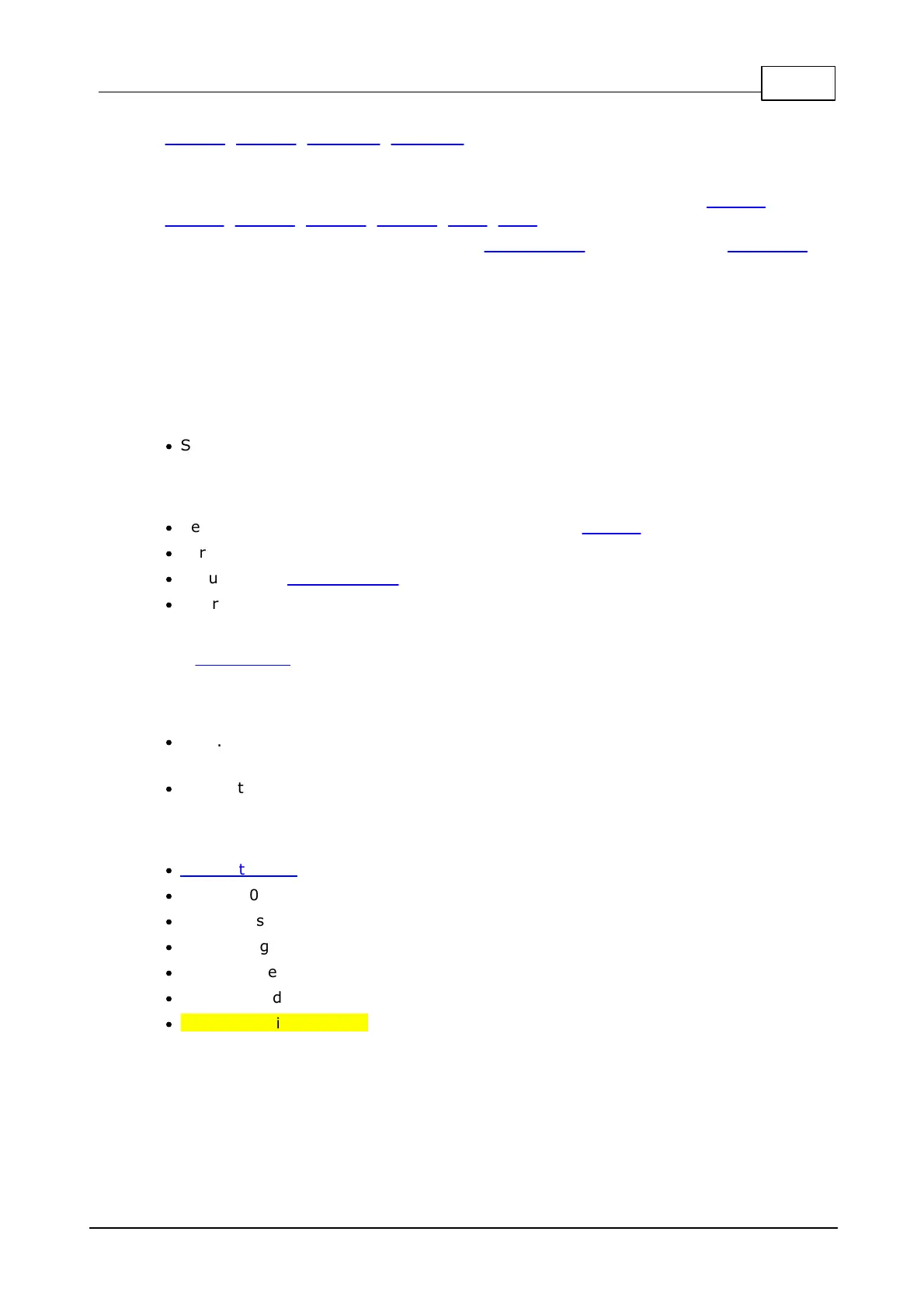506Companion Products
© Tibbo Technology Inc.
The WA2000 is fully supported on Tibbo's ARM-based programmable devices:
EM2000, EM2001, TPP2(G2), TPP3(G2).
The WA2000 is also partially supported on T1000-based programmable Tibbo
products. Such devices can only access the Wi-Fi interface of the WA2000, as the
BLE interface is not supported by related platforms. The devices are: DS1101,
DS1102, EM1000, EM1001, EM1206, TPP2, TPP3.
Like the GA1000, the WA2000 utilizes an SPI interface and only requires five GPIOs
to control. The module is supplied in two versions: the WA2000U with an U.FL
connector for attaching an external antenna, and WA2000C device with a chip
antenna onboard.
Please note that the WA2000 is a slave device and cannot be used on its own. This
add-on will only work with one of Tibbo devices listed above.
Hardware features
·
Supports the following wireless communications standards:
o 2.4/5.0GHz Wi-Fi (802.11abgn);
o Bluetooth Low-Energy (BLE4.2)
(1)
.
·
Nearly 100% backward-compatible with the original GA1000 device.
·
Performs WPA key calculation completely internally.
·
Requires only five GPIO lines to control.
·
Internal firmware of the WA2000:
o Stored in the WA2000's onboard flash memory.
o Upgradeable from a Tibbo BASIC/C app or over-the-air (OTA)
(2)
;
o OTA updates may cover TiOS+Tibbo BASIC/C app of the host
(2)
;
o Tibbo supplies iOS/Android apps for performing OTA updates.
·
L.U.I.S. app for iOS and Android facilitates convenient HTML5-based configuration
of host devices through the BLE interface
(3)
.
·
Two antenna configurations:
o WA2000U -- has a U.FL connector for an external antenna;
o WA2000C -- carries a chip antenna onboard.
·
Red status LED for connection indication
(4)
.
·
Power: 200mA @ 3.3V (active state with data transmission).
·
Dimensions (LxWxH): 42.0 x 20.0 x 5.8mm.
·
Prototyping-friendly 2.54mm (100mil) pin pitch.
·
Operating temperature range: -40 ~ +85C.
·
FCC-certified, FCC ID: XOJ-WA2000.
·
CE certification pending.
(1)
BLE is only supported on ARM-based Tibbo devices.
(2)
Over-the-air (OTA) updates rely on the BLE interface and are only possible on
ARM-based Tibbo devices.
(3)
Requires a programmable Tibbo device running a Tibbo BASIC/C app supporting
L.U.I.S. (through the use of the L.U.I.S. library).
